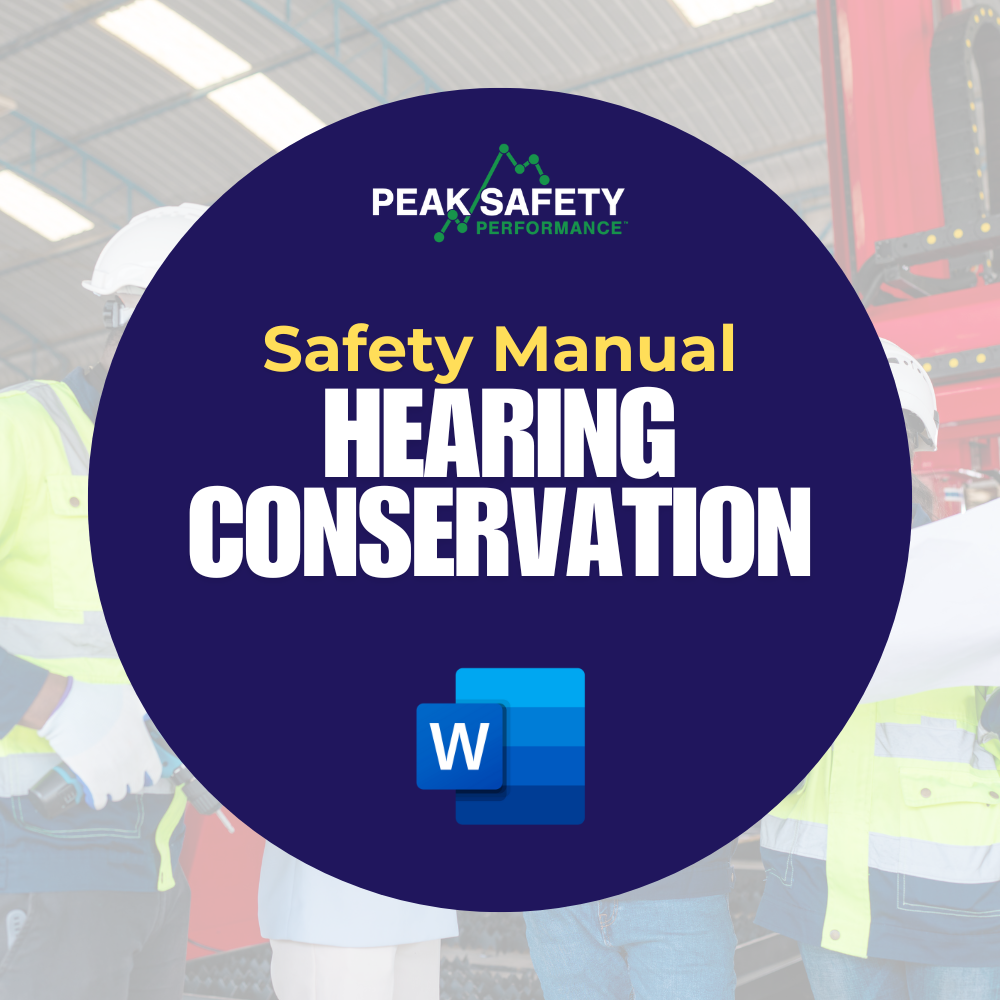Hearing Conservation (Manufacturing)
Hearing Conservation (Manufacturing)
The Hearing Conservation Program is designed to protect employees from permanent hearing loss caused by occupational noise exposure. OSHA’s standard (29 CFR 1910.95) requires employers to establish this program when workers are exposed to an 8-hour time-weighted average of 85 decibels (dBA) or higher. The program ensures that employees understand the risks of noise, receive the proper protection, and are monitored to maintain long-term hearing health.
A comprehensive hearing conservation program includes:
-
Noise Monitoring: Regularly measuring noise levels in the workplace to identify areas and tasks that exceed exposure limits.
-
Audiometric Testing: Providing baseline and annual hearing tests for employees to track hearing ability over time and detect early signs of hearing loss.
-
Hearing Protection Devices (HPDs): Supplying appropriate hearing protection such as earplugs or earmuffs, and ensuring employees are trained on their correct use and care.
-
Employee Training: Educating workers on the hazards of noise exposure, the effects of hearing loss, and the importance of consistently wearing hearing protection.
-
Recordkeeping: Maintaining documentation of noise monitoring results, audiometric testing, and training records.
-
Program Evaluation: Reviewing the program regularly to ensure it remains effective, compliant, and responsive to changes in the workplace environment.
By implementing a strong Hearing Conservation Program, employers help prevent irreversible hearing damage, improve communication and safety on the job, and demonstrate a long-term commitment to employee health and well-being.
Share
Couldn't load pickup availability


